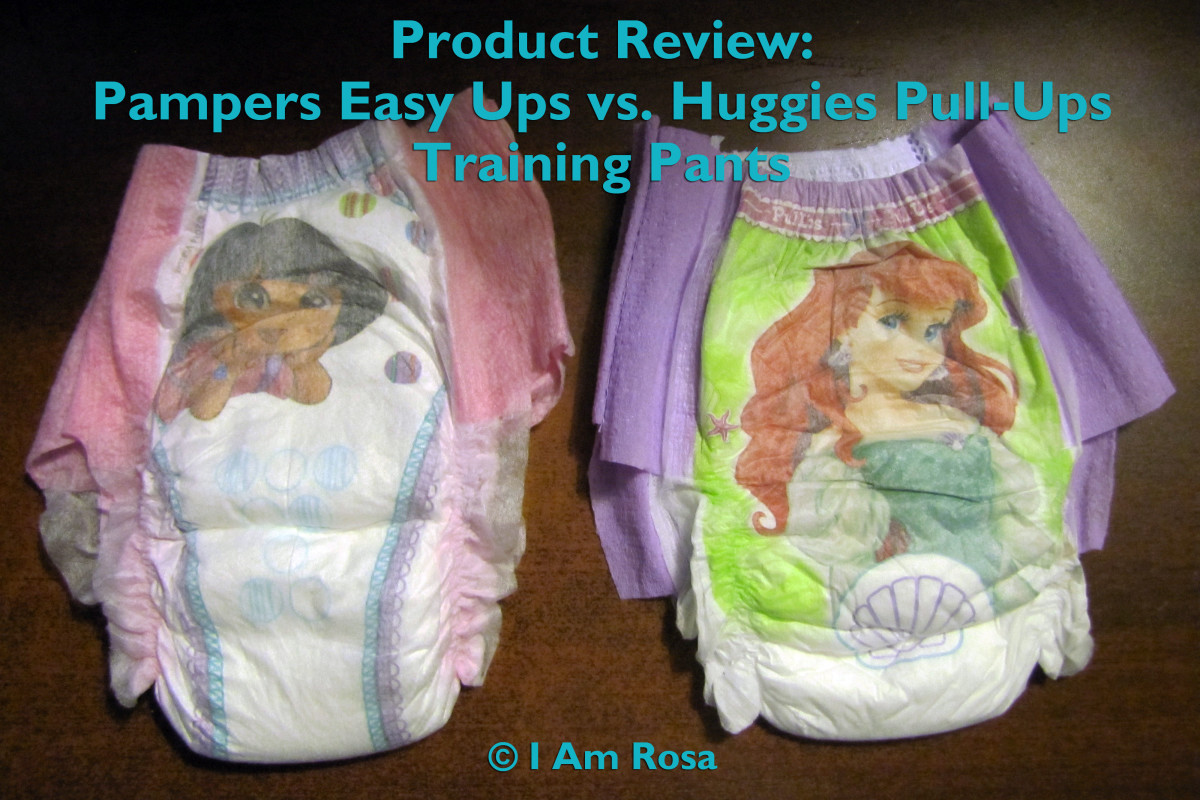The History of Infant Formula
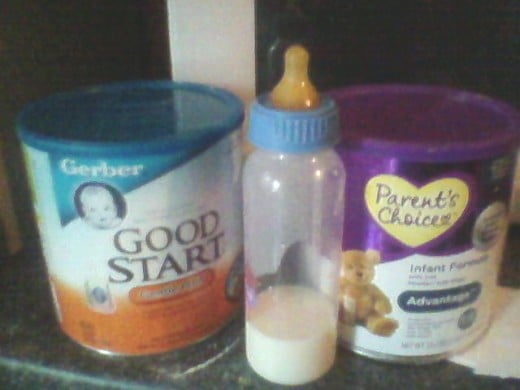
Breast Milk Is the Best Milk
This is an undisputed fact. Breast milk has nutrients and antibodies that infant formula just can't match. It is the best way to protect the infant outside of the womb and give it the best possible start in life.
But, for any number of reasons, women have always had to come up with alternatives to their own breast milk when it came to feeding their babies. Sometimes women were unable to breast feed their own children. Sometimes they just didn’t want to. But, up through the 18th century, these children always got breast milk through wet nurses.
Then, suddenly, it became unfashionable to breast feed your children. And no one can definitively say why this happened. Still, it did, and dry nursing took the place of wet nursing throughout the western world.

Giving Infants Cow's Milk
During the nineteenth century, it became popular to feed your baby with milk from other animals - cows, goats, horses, and even donkeys. Cow’s milk was most commonly used because it was much more easy to get. How this milk was prepared varied from one household to another. Sometimes it was boiled. Other people served it to their infants straight out of the animal. And some even added water, sugar, and honey to the milk before giving it to their babies.
The widespread use of cow’s milk, though, was not without its problems. Babies who bottle fed were much less healthy than babies who were breastfed. They experienced more dehydration and had more upset stomachs. This caused great concerns among doctors, and in 1838, German scientist Johann Franz Simon conducted the first actual comparison between human and cow’s milk. This study found that cow’s milk was much higher in protein and had fewer carbohydrates than human milk. Doctors then suggested that mothers add more water, sugar, and cream to cow milk to make it more like breast milk.
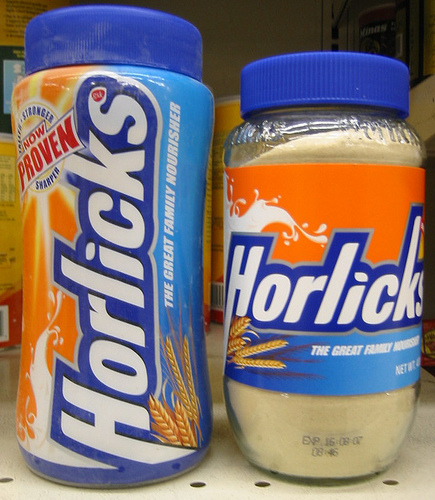
Some Early Popular Formula Brands
The first actual “formula” was developed in 1860 by German scientist Justus von Leibig. It was powdered, just like the formula we use today. It consisted of wheat flour, dehydrated cow’s milk, malt flour, and potassium bicarbonate. To make the formula, mothers had to mix the powder with warmed cow milk. Leibig’s Soluble Infant Food was first marketed in the United States in 1869 and sold for a dollar per bottle.
Shortly after the development of Leibig’s, the Nestle Company came up with its version of formula, which was basically the same as Leibig’s, except it didn’t have the potassium bicarbonate, and Nestle added sugar to their formula. This formula sold for half the price of Leibig’s, and it turned out to be more cost effective in other ways, too. Nestle’s formula needed only water for mixing.
Thirty years later, more than eight brands of infant formula was available throughout the United States, including Horlick’s malted food, the company whose malted milk drinks would later inspire Polish-American Stephen Poplawski to invent the blender in 1922. Horlick’s formula sold for 75 cents per bottle, as did most of the other brands. Because they were so much more expensive than cow’s milk, many mothers were not rushing out to buy these formulas. Many either continued to use cow’s milk or tried to breast feed.

Scientific Advancements in Formula
In the early part of the twentieth century, doctors told formula makers that they needed to add maltose and dextrin to their formulas. The Mead Johnson Company met this demand with their Dextri-Maltose additive, which was first introduced in 1912 and was only available in doctors’ offices.
In 1919, a new infant formula called SMA was developed. SMA stands for simulated milk adapted. How was it adapted? It replaced milk fat with animal and vegetable fats, and it even had cod liver oil added to it. Soon other infant formula companies, including Nestle, added cod liver oil to their formulas. I guess infants at that time did not have the constipation problems that infants today do, with all the extra iron in today’s formulas! Then, a few years later, Nestle produced its own Lactogen, which was constructed from vegetable as a competitor of SMA.
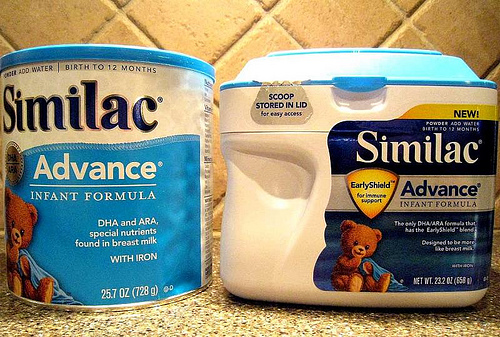
The Birth of a Formula Giant and the First Soy-Based Formula
In the mid 1920s, formula giant Similac was started by Boston chemist Alfred W. Bosworth and pediatrician. This formula contained just the right mixture of cow’s milk, vegetable oil, calcium, and phosphorus salt. The formula got its name because it eas supposedly so similar to lactation.
A few years later, Mead Johnson introduced Sobee, which was the first ever soy-based formula designed for babies who couldn’t well-tolerate the lactose in milk.
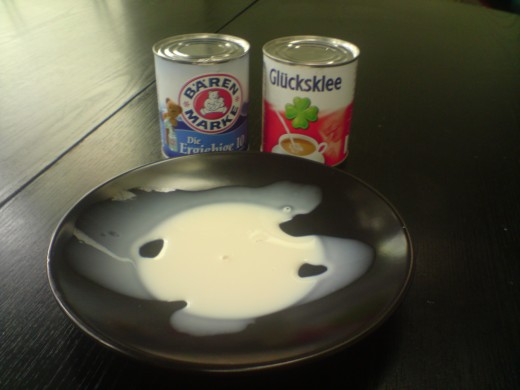
A Cheaper Competitor Comes on the Scene
As mentioned before, even with all the advances in formula, many people did not use it because of the cost. Fortunately, a cheaper alternative was just over the horizon. By the end of the American Civil War, sweetened condensed milk had been invented. This milk was pasteurized for safety and had a very long shelf life. It was marketed to mothers as an infant food, but doctors discouraged its use because of the high sugar content, which is interesting because previously, doctors had been telling mothers to add sugar to cow’s milk to make it more like breast milk. Oh, how times change!
In 1883, John B. Myenberg invented a process of removing the sugar from evaporated milk. This was much easier for infants to digest and became a much healthier alternative to the existing infant formulas. Infants who were fed unsweetened evaporated milk in the 1920s and 1930s seemed to grow just as well as breastfed infants. And, since this milk was so much cheaper than formula, the medical community and Depression era mothers both embraced it. The evaporated milk was mixed with cow’s milk, corn syrup, and water. This formula was widely used in the United States through the 1960s.
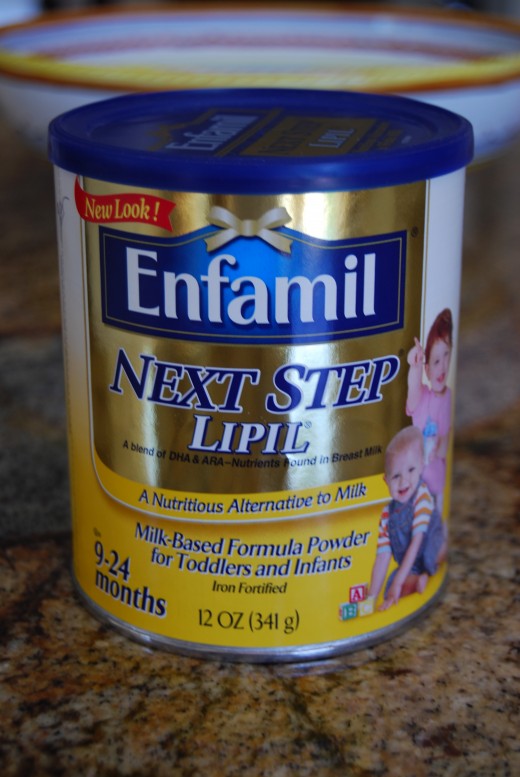
The Drop in Price and Rise in Popularity
Formula became cheaper and began to be popular among mothers during the 1950s. At the end of that decade, Mead Johnson came out with its Enfamil formula. Enfamil’s name derives from the words “infant” and “milk.” Around that same time, Similac began adding iron to its formula because formula-fed babies tended to have very low iron counts compared to breastfed babies.
Infant formulas gained in popularity during the 1960s and 1970s, and they replaced both breast milk and evaporated milk as the infant food of choice. Formula companies pushed the use of formula in hospitals by offering free liquid samples in easy-to-feed bottles. Mothers were impressed by how well their babies guzzled the formula, so it didn’t take much to convince them that they needed to feed their babies formula when they got home from the hospital, too.
The Current State of Infant Formula
Since the 1970s, many more improvements have been made to infant formula to make it more like breast milk. And more regulation by medical professionals and food safety inspectors ensures that the formula will be the safest it possibly can be. So, if you really need to use formula instead of breast milk, you can rest assured that your baby will be getting the best possible alternative.


